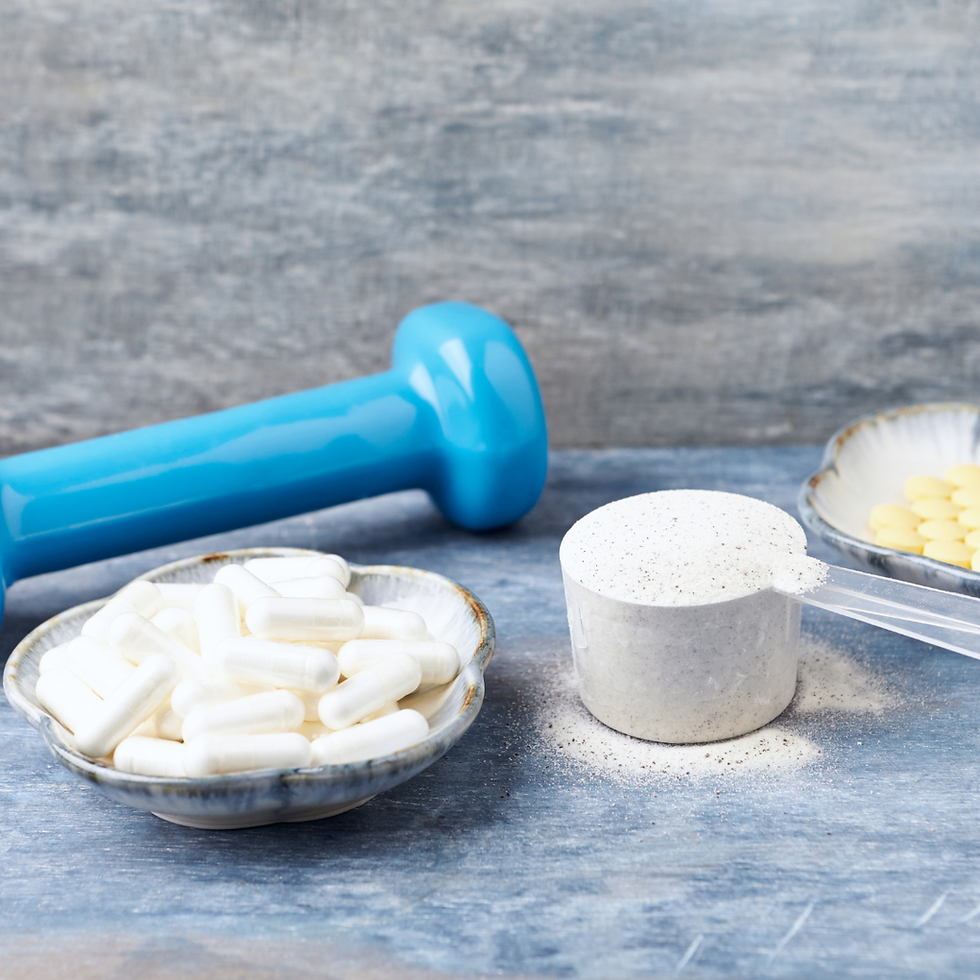Collagen, often referred to as the body's scaffolding, plays a vital role in maintaining the structure, strength, and elasticity of various tissues. However, behind the scenes, there is a lesser-known hero that contributes significantly to the formation and stability of collagen: proline. In this blog, we will dive into the realm of proline and examine its significance in the synthesis of collagen, along with its captivating characteristics and roles within the human body.
Understanding Proline
Proline is a non-essential amino acid, meaning that it can be produced by the body itself. It is unique among the 20 amino acids commonly found in proteins due to its distinct chemical structure. Proline has a cyclic structure, which forms a closed loop, differentiating it from other amino acids with linear structures. This structural characteristic of proline imparts specific qualities that are essential for collagen formation.
Proline's Role in Collagen Synthesis
Collagen, the most abundant protein in the human body, is responsible for providing strength and structure to our connective tissues, including skin, bones, tendons, and ligaments. Proline is a key component in the formation of collagen and is vital for the synthesis and stability of this important protein.
Hydroxylation of Proline
During collagen synthesis, proline undergoes a process called hydroxylation, where specific enzymes add hydroxyl (-OH) groups to the amino acid. This enzymatic modification occurs within the endoplasmic reticulum, a cellular organelle responsible for protein production. The hydroxylation of proline is crucial for collagen stability, as it allows the formation of strong intermolecular hydrogen bonds, contributing to the overall strength and structure of collagen fibers.
Formation of Triple Helix
Proline's unique structural properties also play a crucial role in the formation of collagen's characteristic triple helix structure. The cyclic nature of proline causes a bend in the polypeptide chain, facilitating the tight folding and intertwining of three collagen chains. This triple helix conformation is responsible for the tensile strength and resilience of collagen, enabling it to withstand stretching forces.
Other Functions and Benefits of Proline
Apart from its indispensable role in collagen synthesis, proline offers several additional benefits and functions within the body.
· Wound healing: Proline aids in the repair and regeneration of tissues, making it essential for wound healing. Collagen-rich tissues, such as skin, require an adequate supply of proline to support the formation of new collagen fibers and promote the closure of wounds.
· Skin Health and Anti-Aging: Collagen provides the framework for healthy, youthful-looking skin. Proline contributes to the maintenance of skin elasticity and firmness by supporting collagen synthesis. As we age, the body's natural production of proline and collagen declines, leading to the appearance of wrinkles, sagging skin, and reduced skin elasticity.
· Joint and Bone Health: Collagen, with the help of proline, is crucial for maintaining healthy joints and bones. It provides the necessary support and cushioning, reducing the risk of joint pain, stiffness, and age-related bone disorders like osteoporosis.
Proline plays a fundamental role in collagen synthesis, contributing to the strength, structure, and overall health of various tissues in the body. Its unique chemical structure and the hydroxylation process enable the formation of strong collagen fibers. Additionally, proline supports wound healing, maintains skin health, and promotes joint and bone integrity. By understanding the significance of proline, we can appreciate the complex and remarkable nature of collagen, which is essential for our overall well-being and vitality.

Comments